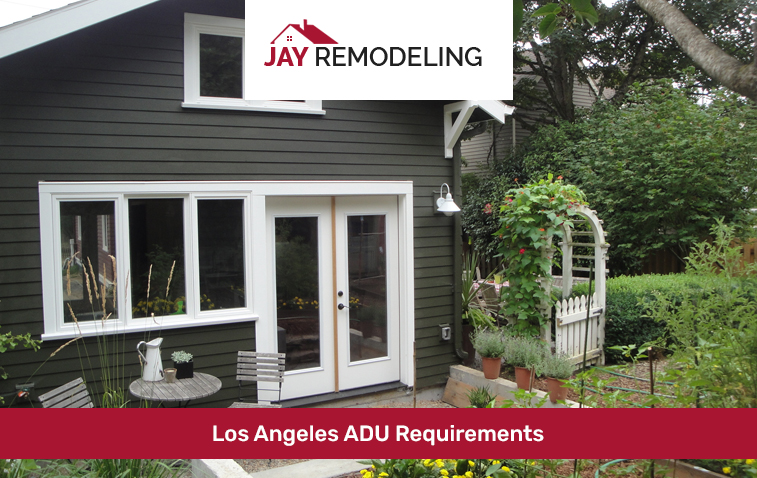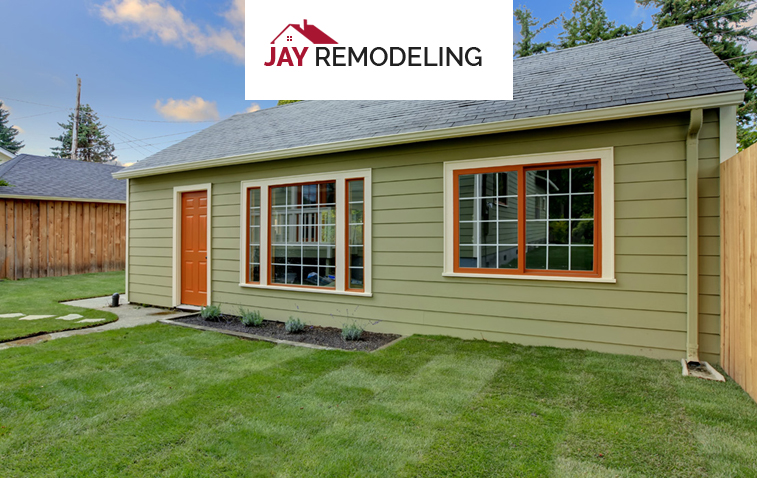Getting an ADU Permit in Los Angeles can be daunting. It involves understanding the necessary permits and types, such as electrical, plumbing, mechanical, and more. The cost may vary from around $5,000 to $15,000, which takes several weeks to months.
With recent changes in legislation and housing policies, accessory dwelling units (ADUs) have become a popular option for homeowners in Los Angeles. ADUs are secondary dwelling units built on residential properties, often called “backyard homes” or “granny flats.” However, before beginning construction, it is essential to understand the process of obtaining an ADU permit in Los Angeles.

Getting an ADU Permit in Los Angeles is not only required by law but also ensures that your unit meets safety and building code regulations. Without a permit, you could face fines or legal action. Additionally, having a permit increases the value of your property and ensures that it complies with zoning laws.
Permitted ADUs are more likely to attract potential tenants or buyers, as they guarantee safety and quality in the construction. Furthermore, the permit process includes inspections meant to catch and rectify any problems or safety hazards, like faulty wiring or unstable structures, before the unit is inhabited. In essence, getting your ADU permitted is necessary to ensure the health and safety of future inhabitants and protect your investment as a homeowner.
You will need a building permit and a zoning clearance to build an ADU in Los Angeles. The building permit allows for the physical construction of the unit, while the zoning clearance verifies that the unit complies with local zoning regulations.
The building permit and zoning clearance are the primary permits needed, but there are also several additional permits that you may require depending on the specifics of your ADU project. These include:
Each permit requires a separate application and is subject to different fees. The permitting offices will provide specific instructions on how to apply for each permit. It’s important to note that each type of permit usually involves an inspection process to ensure all work meets the city’s safety and construction standards.
In Los Angeles, any structure considered livable space attached or detached from the central dwelling unit requires a permit. This includes garage conversions, basement units, and detached backyard homes. However, a permit may not be necessary if the structure is classified as an “accessory structure,” such as a pool house or storage shed.
Although the need for a permit for an ADU in Los Angeles is relatively straightforward, nuances depend on the specific type of structure being constructed or remodeled. Here are some of the common ADU structures that require a permit:
To apply for an ADU permit in Los Angeles, you must submit detailed plans and construction documents for your unit, including architectural drawings, structural calculations, and energy calculations. You must also provide proof of property ownership and pay any necessary fees.
You will need to present the following when applying for permits:
At Jay Remodeling, we understand that the permitting process can be daunting and time-consuming. That’s why we’re here to assist you, removing the guesswork and streamlining the process. We have extensive experience navigating the Los Angeles ADU permitting process and can handle all the necessary paperwork, from drafting the initial designs to submitting the final permit applications.
The first step in getting an ADU Permit in Los Angeles is to consult a professional architect or contractor who can help you create detailed plans for your unit. Once your plans are finalized, you must submit them to the Los Angeles Department of Building and Safety (LADBS) for review.
You will be issued a building permit and zoning clearance if your plans meet all requirements. Obtaining a permit in Los Angeles involves several steps and can take some time. Here is a more detailed breakdown:
The cost of ADU permits in Los Angeles varies significantly depending on the size and complexity of the project. On average, you can expect to pay between $5,000 and $15,000 in permit fees alone. This includes fees for the plan check, building permits, plumbing and electrical permits, and other miscellaneous fees.
The city may also require you to pay development impact fees if the ADU is detached from the main house. These are one-time costs assessed on new developments to offset the impact on the city’s infrastructure and services. The fees can reach $10,000 or more. However, it’s important to remember that these are estimated costs, and the actual cost can be higher or lower depending on the specifics of your project.

It’s worth noting that the average timeline of 4-6 months only represents the permitting phase. If revisions are requested, this can add weeks, or even months, to the process. Expedited plan check programs are available for an additional fee, which may reduce the review time. Once the permit is secured, the construction phase follows, which can vary depending on the project’s specifics and the contractor’s schedule.
Your plans must be thorough and meet all requirements to speed up the ADU permit process in Los Angeles. It may also be helpful to work with a professional architect or contractor who is familiar with the local regulations and can navigate the process.
Additionally, staying in communication with LADBS and promptly addressing any issues or requests for revisions can keep the process moving smoothly. Ultimately, being prepared and proactive in obtaining your ADU permit can save time and frustration in the long run.
If you have more questions or require further guidance, please reach out. Our team of experienced professionals is ready to help navigate the complexities of the LA ADU permitting process. You can contact us anytime at (424) 327-8743. We’re here to make the process as easy as possible and look forward to assisting you with your ADU project.
An ADU permit in Los Angeles is crucial in building a secondary dwelling unit. By understanding the necessary permits, requirements, and timelines, you can ensure that your ADU complies with local regulations and adds value to your property. With proper planning and communication, obtaining an ADU permit can be smooth and successful.
